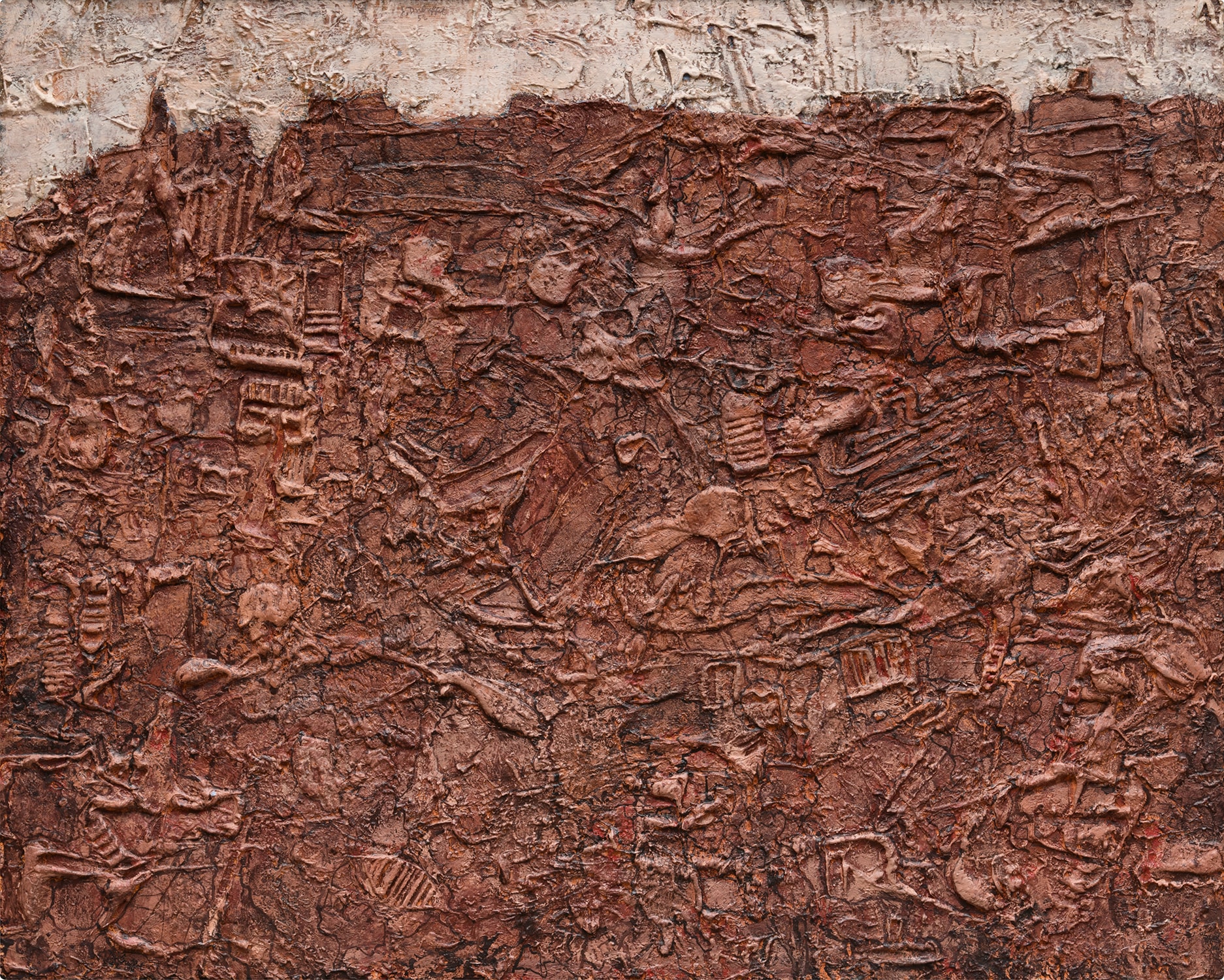



Property from a Notable Private Collector
139
Jean Dubuffet
La liquidité du monde
signed and dated "J. Dubuffet 52" upper and lower left; signed, titled and dated "La liquidité du monde J. Dubuffet 1952" on the reverse
oil and mixed media on plywood on Masonite
51 1/4 x 63 3/4 in. (130.2 x 161.9 cm)
Painted in August 1952.